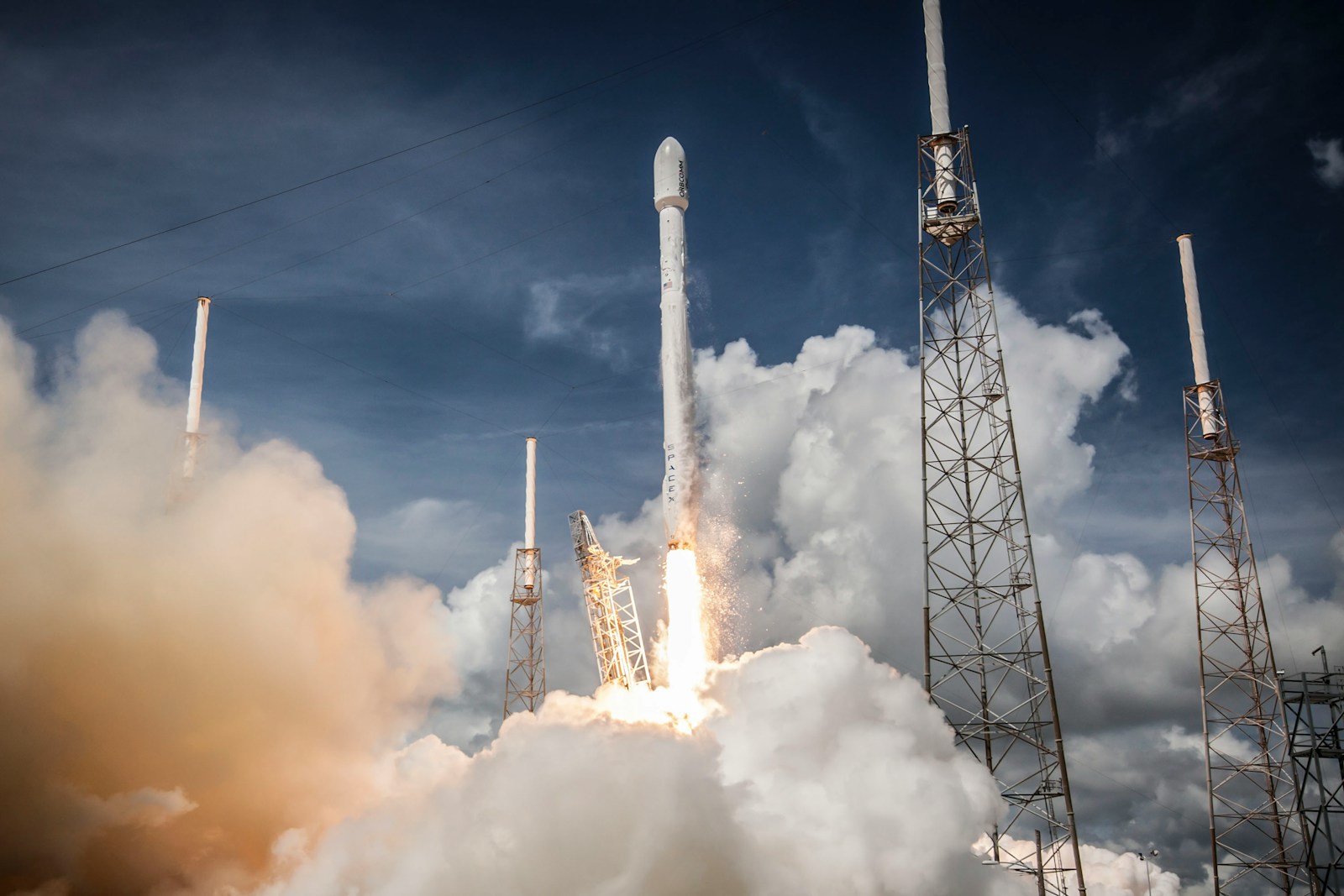Table of Contents
ToggleIntroduction: A Tale of Innovation and Setbacks
SpaceX’s Starship program stands as a testament to human ingenuity, pushing the boundaries of space exploration with its ambitious goal of fully reusable spacecraft capable of transporting humans and cargo to Earth orbit, the moon, and eventually Mars. However, this ambitious journey is not without its challenges, as evidenced by the recent explosion of the SN24 prototype during a test flight.
A Balancing Act: Innovation Meets Environmental Responsibility
While SpaceX’s Starship program holds immense potential for revolutionizing space travel, it is crucial to consider the environmental implications of such a large-scale undertaking. Rocket launches, with their combustion of propellants, release harmful pollutants into the atmosphere and generate significant debris. SpaceX has recognized these concerns and has made sustainability a cornerstone of its Starship program. The fully reusable design of the Starship aims to minimize the environmental impact of space launches, reducing both air and water pollution.
The Recent SN24 Explosion: A Learning Opportunity
The recent explosion of the SN24 prototype during a test flight serves as a reminder that innovation is not without its risks and setbacks. SpaceX has acknowledged the incident and is conducting a thorough investigation to determine the cause of the failure. This incident highlights the importance of rigorous testing and safety protocols in ensuring the success of such complex undertakings.
SpaceX and NASA: A Partnership for Lunar Exploration
SpaceX’s Starship program plays a pivotal role in NASA’s Artemis program, which aims to return humans to the moon by 2025. Starship, in its lunar lander configuration, is slated to carry astronauts and cargo to the lunar surface. However, the recent setback with the SN24 explosion raises concerns about potential delays in the Artemis timeline.
The Road Ahead: Navigating Challenges and Pursuing Dreams
While the recent setback is a cause for concern, it is important to remember that SpaceX has a proven track record of overcoming challenges and achieving ambitious goals. The company is committed to learning from this incident and continuing to develop the Starship program with safety and sustainability as top priorities.
Key Takeaways:
- SpaceX’s Starship program represents a significant step forward in space exploration.
- Balancing innovation with environmental responsibility is crucial for sustainable space travel.
- The recent SN24 explosion highlights the importance of rigorous testing and safety protocols.
- SpaceX and NASA’s partnership is key to achieving the Artemis program’s goals.
- Overcoming setbacks and learning from mistakes are essential for continued progress.
Conclusion: Embracing Innovation with Responsibility
The Starship program exemplifies the spirit of innovation and human aspiration, pushing the boundaries of what is possible in space travel. However, as we venture further into the cosmos, it is our responsibility to do so in a way that respects and protects our planet. By balancing innovation with environmental responsibility, we can pave a sustainable path towards a future where humanity explores the vast expanse of space without compromising the well-being of our home planet.







